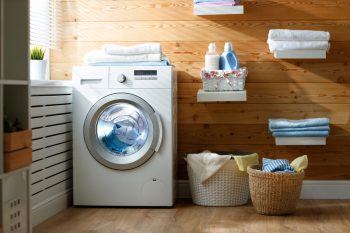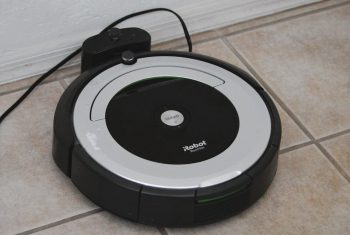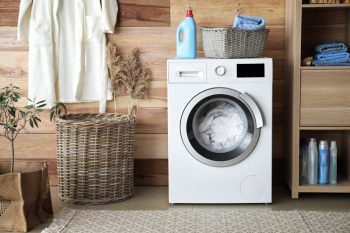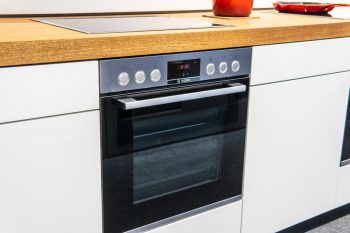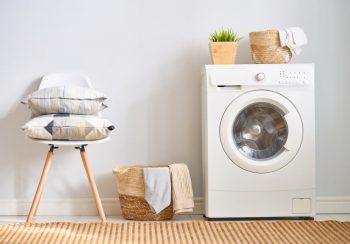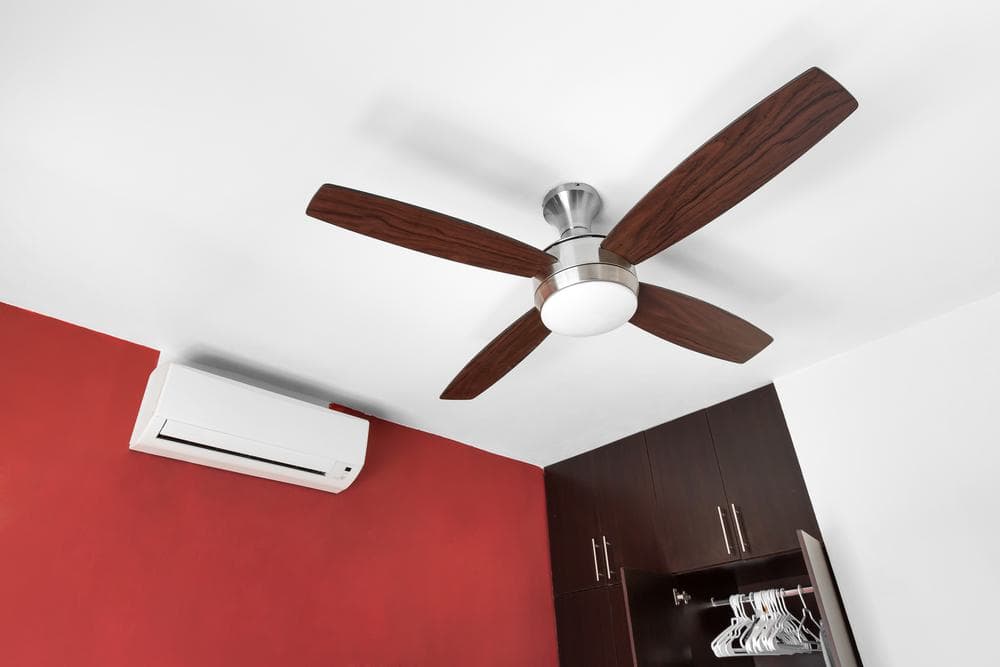
In a world where dust and dirt can accumulate quickly, maintaining the cleanliness of your home can be quite a task. A particular household item that often gets overlooked is the ceiling fan. Over time, it can collect a significant amount of dust, which not only affects its performance but also contributes to indoor air pollution. This comprehensive guide will walk you through the process of cleaning a ceiling fan using a vacuum cleaner, a common household tool.
To clean a ceiling fan with a vacuum cleaner, first ensure that your vacuum is equipped with a dusting attachment. Turn off and disconnect your fan from the power source. Position the vacuum cleaner, standing slightly off to the side below the fan. Turn on the vacuum and begin brushing the fan blades, moving the hose slowly in a single direction first, then going back over the blade to catch any missed dust. After vacuuming, clean up any dust on the floor or furniture below the fan. It’s recommended to do this at least once a month.
Preparing Your Vacuum Cleaner
Before you start, ensure that your vacuum cleaner is equipped with a dusting attachment. This attachment is typically flat and wide, designed to capture dust and debris from surfaces without scratching or damaging them. If your vacuum cleaner doesn’t come with one, you can purchase it separately.
If you have high ceilings or are short, consider using a step-stool or ladder to reach the fan blades. Always ensure your safety when using such tools.
Step-by-Step Guide to Cleaning Your Ceiling Fan
- Turn off the fan: Safety is paramount. Always ensure that the ceiling fan is turned off and disconnected from the power source before you start cleaning.
- Position the vacuum cleaner: Stand slightly off to the side below the ceiling fan and hold the vacuum handle at arm’s length.
- Begin vacuuming: Turn on the vacuum cleaner and begin brushing the fan blades. The brush attachment loosens the settled dust so that the hose can promptly suction it up. Complete a full sweep of each blade, moving the hose slowly in a single direction first, then going back over the blade to catch any dust that you missed.
- Clean up: After vacuuming, check for any dust on the floor or furniture in the immediate area below the ceiling fan. If there is, vacuum it up or quickly wipe it up by hand.
By following these steps, you can maintain a clean and efficient ceiling fan. It’s recommended to clean your ceiling fan at least once a month to prevent dust buildup and maintain its efficiency.
Common Mistakes to Avoid
While the process seems straightforward, there are common mistakes that you should avoid. These include not turning off the fan before cleaning, using a vacuum cleaner attachment with stiff bristles, and using jerky back-and-forth motions instead of smooth, straight strokes.
Maintaining Your Vacuum Cleaner
After using your vacuum cleaner, it’s essential to maintain it for future use. Empty the dustbin or replace the vacuum bag, clean the vacuum attachments, check and clean the filters, inspect the vacuum hose and attachments, and store the vacuum cleaner properly.
Recommended Vacuum Cleaner Attachments
There are specific vacuum cleaner attachments designed for cleaning ceiling fans. Some recommended attachments include the LLCR Ceiling Fan Blade Cleaner, the Ceiling Fan Vacuum Brush, the Central Vacuum Ceiling Fan Tool, and the Ceiling Fan Cleaning Vacuum Attachment.
Best Vacuum Cleaners for Cleaning Ceiling Fans
The best vacuum cleaner for cleaning a ceiling fan is a lightweight vacuum with a long hose or handle attachment and a small bristle brush. Stick-style vacuum cleaners or those with long-reaching hose attachments are ideal for this task. One such vacuum cleaner is the Eureka 3670M Mighty Mite Canister Cleaner. Another option is the Dirt Devil 360 Reach Bagless Stick Upright Vacuum.
In conclusion, cleaning a ceiling fan with a vacuum cleaner is a simple and effective way to maintain cleanliness and air quality in your home. By following the steps outlined in this guide, you can ensure that your ceiling fan is clean, efficient, and free from dust.
Frequently Asked Questions
How often should I clean my ceiling fan?
It is recommended to clean your ceiling fan at least once a month to prevent dust buildup and maintain its efficiency.
What should I do if I don’t have a vacuum cleaner?
If you don’t have a vacuum cleaner, you can use a microfiber cloth or a duster to clean your ceiling fan. However, this method may not be as effective as using a vacuum cleaner, especially for removing dust from hard-to-reach areas.
Can I use a regular brush attachment for cleaning the ceiling fan?
You can use a regular brush attachment, but it’s recommended to use a dusting attachment. This type of attachment is designed to capture dust and debris from surfaces without scratching or damaging them.
What are some safety precautions to consider when cleaning a ceiling fan?
Always ensure that the ceiling fan is turned off and disconnected from the power source before you start cleaning. If you’re using a step-stool or ladder to reach the fan blades, make sure it’s stable and secure to prevent accidents.
How do I maintain my vacuum cleaner after use?
After using your vacuum cleaner, empty the dustbin or replace the vacuum bag, clean the vacuum attachments, check and clean the filters, inspect the vacuum hose and attachments, and store the vacuum cleaner properly.

